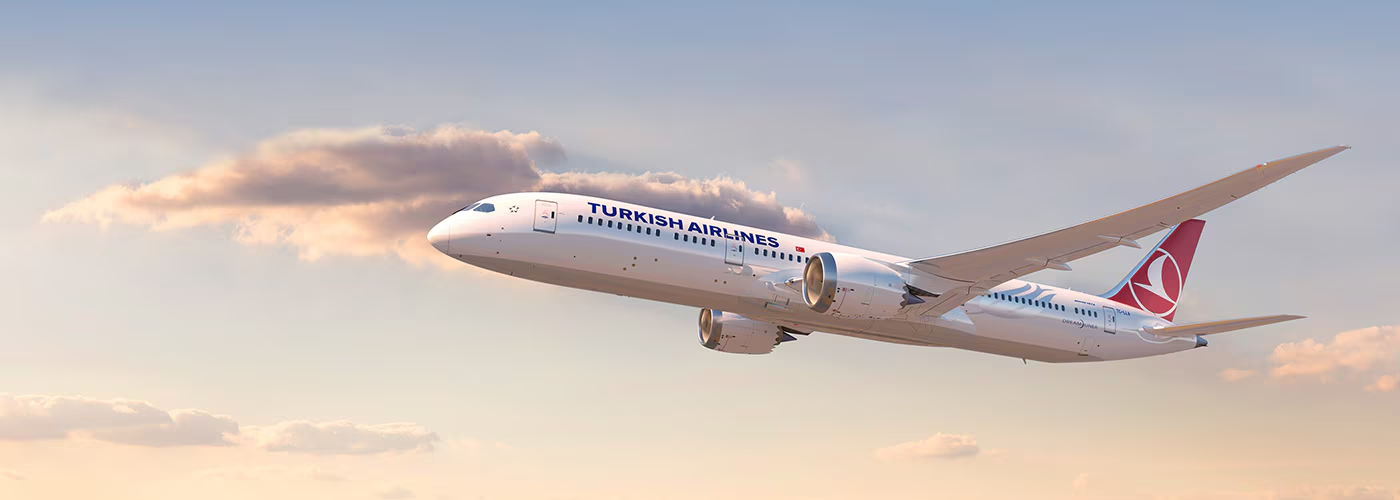Abort or Fly? The Physics Behind Aviation’s Critical Speed “V1 speed”
It is known that the hardest phase of any process is always the beginning. That makes takeoff one of the most critical phases of flight. In this phase, pilots must monitor multiple factors such as engine performance, speed, potential emergencies, etc. The logic says that if there is a failure of any kind, then the plane must stop and abort the takeoff process, but this is not what happens in real life. Many factors govern this process, and sometimes stopping the plane becomes more dangerous than taking off, even if there is a failure. One of the most important factors is speed, specifically the “V1 point,” which is also called the point of no return.
In this article, we will explore the logic behind the V1 point and how it affects the decisions of pilots in a flight.
What is the V1 point?
V1 is the speed at which the decision to fly or abort should be taken. As mentioned above, it is the point of no return. If something goes wrong, such as a failure in the engines, then there are two cases:
- If the speed is below V1, then the pilot can abort the flight and stop the plane safely
- If the speed is above V1, then the flight must continue even if there is a failure because at this point, stopping the plane becomes more dangerous than flying it.
It is also defined as the minimum speed at which a plane can take off even if a failure in the engine exists.
Factors affecting V1 point
The V1 point is not constant. Some important factors contribute to its calculations; thus, it differs from one plane to another, from one airport to another, and even from one day to another. Let’s explore these factors together:

- Runway length: The V1 speed is affected by the length of the runway. As the runway gets longer, the pilots get more space to accelerate, which can make the V1 higher
- Aircraft weight: The weight of the aircraft is a very important factor, as heavier aircraft achieve takeoff speeds at longer distances and require higher V1 speeds; thus, as the aircraft gets heavier, the V1 speeds get larger.
- Temperatures and Heights: The air density is reduced as the temperature and the height increase, and this makes it harder for the aircraft to achieve the appropriate takeoff speed. The V1 speed is also affected by the airport elevation, density altitude, the presence of ice or precipitation, and the runway’s slope. In these cases, meteorological reports such as METAR help to provide information about the temperature and height, which allows precise calculations.
- Wind conditions: The calculation of the V1 speed is directly affected by the wind direction and intensity. For example, if the wind direction is opposite to the takeoff direction, this increases the aerodynamic lift and, consequently, decreases the required takeoff speed. The opposite happens when the wind direction is the same as the takeoff; this decreases the aerodynamic lift and increases the required takeoff speed.
- Aircraft design: The design of aircraft affects several factors, such as the drag force, the lift force, and the thrust that is generated by the engines. These factors are very important in determining the takeoff speed, and they differ from one design to another.
How can the V1 point affect the takeoff or abort decision?
The V1 point is a decision point. In fact, if the plane has reached the V1 point, this means that the decision should have been taken already. If the engine fails before reaching this point, the pilot should abort the takeoff. If it fails after the V1 point, the pilot must continue the takeoff.
The rejection of the takeoff after reaching the V1 point may result in accidents because the aircraft will not be able to stop in time, and an excursion from the runway may happen. The only case where the rejection of takeoff is a must, even after reaching V1, is when an extreme problem occurs that will make the plane unable to fly at all. This is how the V1 point controls the decisions of pilots.
The process of takeoff is complex and critical at the same time, and every single factor must be calculated precisely to avoid accidents like engine failure or others.
Featured photo by: Quintin Soloviev
References:
- V1. V1 | SKYbrary Aviation Safety. (n.d.).
- Zilenaite, K. (2025, March 14). Aircraft take-off speeds: V1, VR, and V2. BAA Training.
- Explained: How is the V1 speed calculated?. RSS. (n.d.).
Roaa Khaled Ahmad. A 21 years old Nanotechnology and Nanoelectronics engineering student studying at zewail city of science and technology. She participated in many activities throughout her years in university including technical activities and artistic ones. She is obsessed with aviation and space and hope to specialize in this field in the future.
You might also like:
- Why the Aviation Industry in Morocco Could become Africa’s Biggest
- The Story of the World’s Busiest Flight
- Flight Review: WIZZ Air UK From Slovakia to London
- Boeing’s Outlook: The Future of Commercial Aviation Requires 42,600 New Airplanes Over the Next 20 Years
- Do Flight Crew Members Undergo Security Checks Similar to Passengers?
Discover more from Aviation for Aviators
Subscribe to get the latest posts sent to your email.













